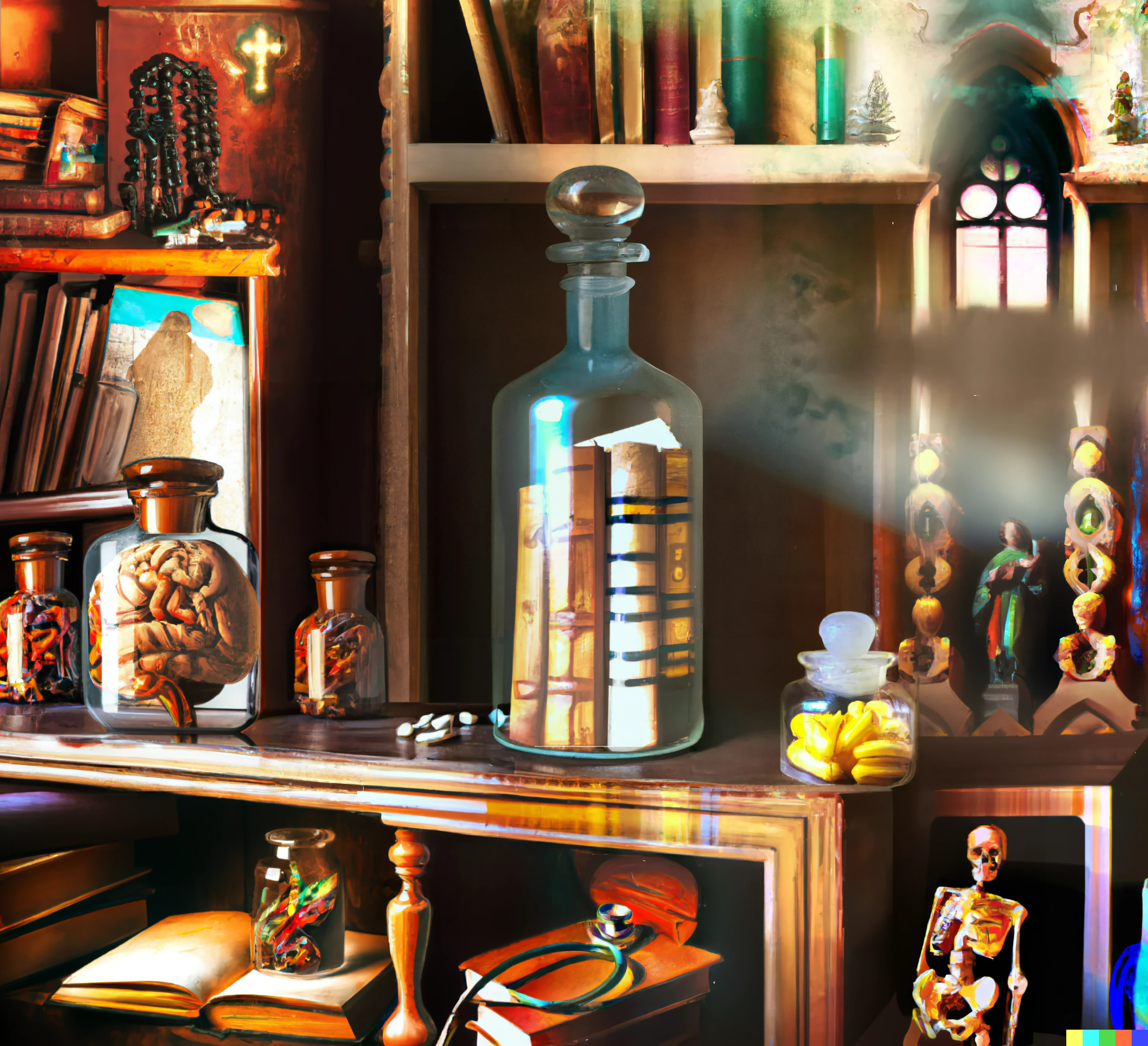Gothic Therapies: Medicine, Literature, and the Healing Imagination, 1764-1820
Sarah O’Dell
English
UC Irvine
Accounts of medical progress are often recursive, haunted by backward movement, paradox, and loss. By presenting the first study of the early gothic novel, religious studies, and the history of medicine, I offer an alternative history of psychiatry with considerable implications for the Medical Humanities. “Gothic Therapies” not only recognizes proto-psychiatry’s enduring debts to literary technique and religious practice, but also expands gothic literary criticism’s engagement with pre-Freudian psychiatry. While the eighteenth century saw an increasingly modern proto-psychiatry alienate the soul, the literary gothic—beginning with Horace Walpole’s The Castle of Otranto (1764)—resisted these impulses, emerging as an alternate healing site. As further developed by novelists like Ann Radcliffe, the gothic imagination reintegrated mind and body; rediscovering the therapeutic potentials of the early gothic novel reveals how its medievalized aesthetics retain a form of sacramental efficacy. As medical practice grew increasingly siloed, the gothic novel mourned the soul’s estrangement, imagining aesthetically pre-modern Catholic environments in which these losses could register, even terrify. In tracing the healing imagination in medicine and the early gothic novel (1764-1820), I reidentify “gothic therapies” in three representative texts, analyzing environments in The Mysteries of Udolpho (1794), dreams in The Monk (1796), and images in Frankenstein (1818).

